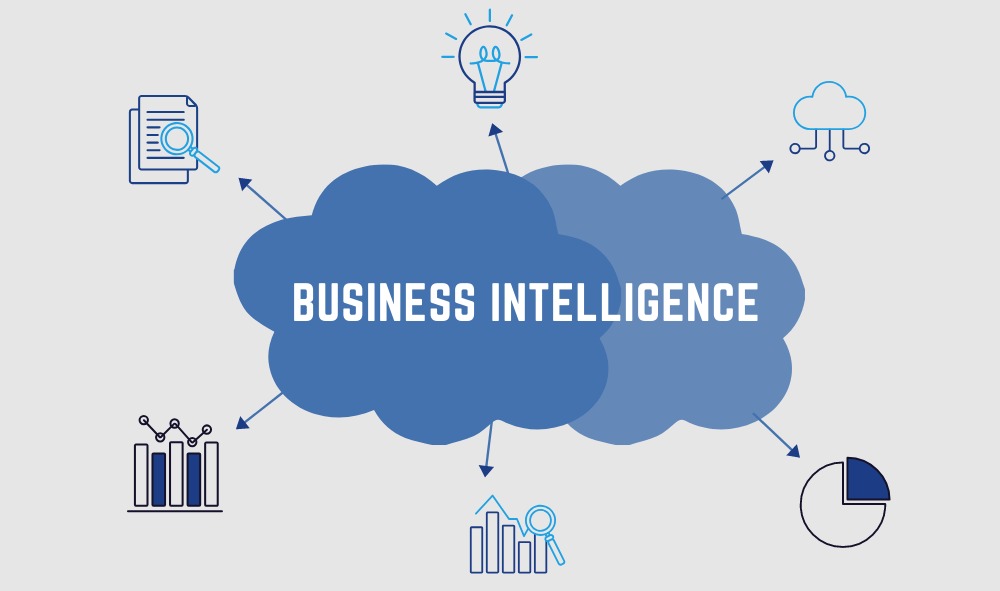In today’s fast-paced business landscape, making informed decisions is crucial for success. The abundance of data available has made it increasingly challenging to extract actionable insights manually. This is where Business Intelligence (BI) tools come into play. In this expert article, we will explore how BI tools are revolutionizing data-driven decision making, their key features, and the benefits they bring to organizations of all sizes.
Understanding Business Intelligence (BI)
Defining BI
Business Intelligence (BI) refers to the technologies, processes, and strategies used to analyze and transform data into meaningful insights for better decision making. It encompasses a wide range of activities, from data collection and processing to reporting and visualization.
The Role of Data
BI tools rely on data as their lifeblood. They consolidate data from various sources, clean and structure it, and provide a platform for analysis and reporting. This enables organizations to gain a comprehensive view of their operations and performance.
Key Features of BI Tools
Data Integration
BI tools excel at integrating data from disparate sources, including databases, spreadsheets, cloud applications, and more. This capability enables organizations to break down data silos and obtain a unified view of their data.
Data Visualization
One of the standout features of BI tools is their ability to transform complex data into visually appealing and easy-to-understand charts, graphs, and dashboards. Visualizations help users quickly grasp trends, patterns, and anomalies in their data.
Self-Service Analytics
Modern BI tools often include self-service features that empower non-technical users to create reports and dashboards independently. This reduces the burden on IT departments and enables faster decision making.
Advanced Analytics
BI tools are equipped with advanced analytical capabilities, such as predictive analytics and machine learning, which allow organizations to forecast future trends and make data-driven predictions.
Benefits of Using BI Tools
Informed Decision Making
BI tools provide organizations with timely, accurate, and actionable insights, enabling them to make informed decisions based on data rather than intuition.
Increased Efficiency
Automation and self-service features streamline data analysis and reporting processes, saving time and resources. This efficiency translates into faster decision-making cycles.
Competitive Advantage
Organizations that leverage BI tools gain a competitive edge by identifying market trends, customer preferences, and operational inefficiencies that others may overlook.
Improved Performance
BI tools help organizations monitor key performance indicators (KPIs) in real time. This visibility allows them to make adjustments promptly to optimize performance.
Use Cases for BI Tools
Sales and Marketing
BI tools are invaluable for sales and marketing teams. They provide insights into customer behavior, market trends, and campaign effectiveness, enabling teams to refine strategies and target the right audience.
Finance and Accounting
Finance departments benefit from BI tools by improving financial forecasting, expense tracking, and risk management. These tools help ensure financial stability and compliance.
Operations and Supply Chain
BI tools assist in optimizing supply chain operations, reducing costs, and minimizing risks. They enable better inventory management and demand forecasting.
Human Resources
HR departments use BI tools to analyze workforce data, identify talent gaps, and improve employee satisfaction. This data-driven approach enhances recruitment, retention, and talent development.
Choosing the Right BI Tool
Scalability
Select a BI tool that can scale with your organization’s needs. Ensure it can handle growing data volumes and support a larger user base.
Integration
Compatibility with your existing data sources and systems is critical. Choose a BI tool that seamlessly integrates with your tech stack.
Usability
Consider the user-friendliness of the BI tool. It should be intuitive for non-technical users and offer self-service capabilities.
Cost-effectiveness
Evaluate the total cost of ownership, including licensing fees, training, and maintenance. Ensure the tool delivers a positive return on investment.
Conclusion
Business Intelligence (BI) tools are transformative assets for organizations seeking to make data-driven decisions. They empower users with data integration, visualization, self-service analytics, and advanced analytics capabilities. By using BI tools, organizations gain insights that drive informed decision making, increase efficiency, gain a competitive advantage, and improve overall performance.
As data continues to grow in volume and complexity, BI tools will play an even more critical role in helping organizations navigate the data landscape. Leveraging BI tools effectively will not only improve decision making but also enable organizations to adapt and thrive in an increasingly data-driven business environment. Whether you are a small startup or a multinational corporation, embracing BI tools is a strategic move that can revolutionize your approach to decision making and drive your business forward.

